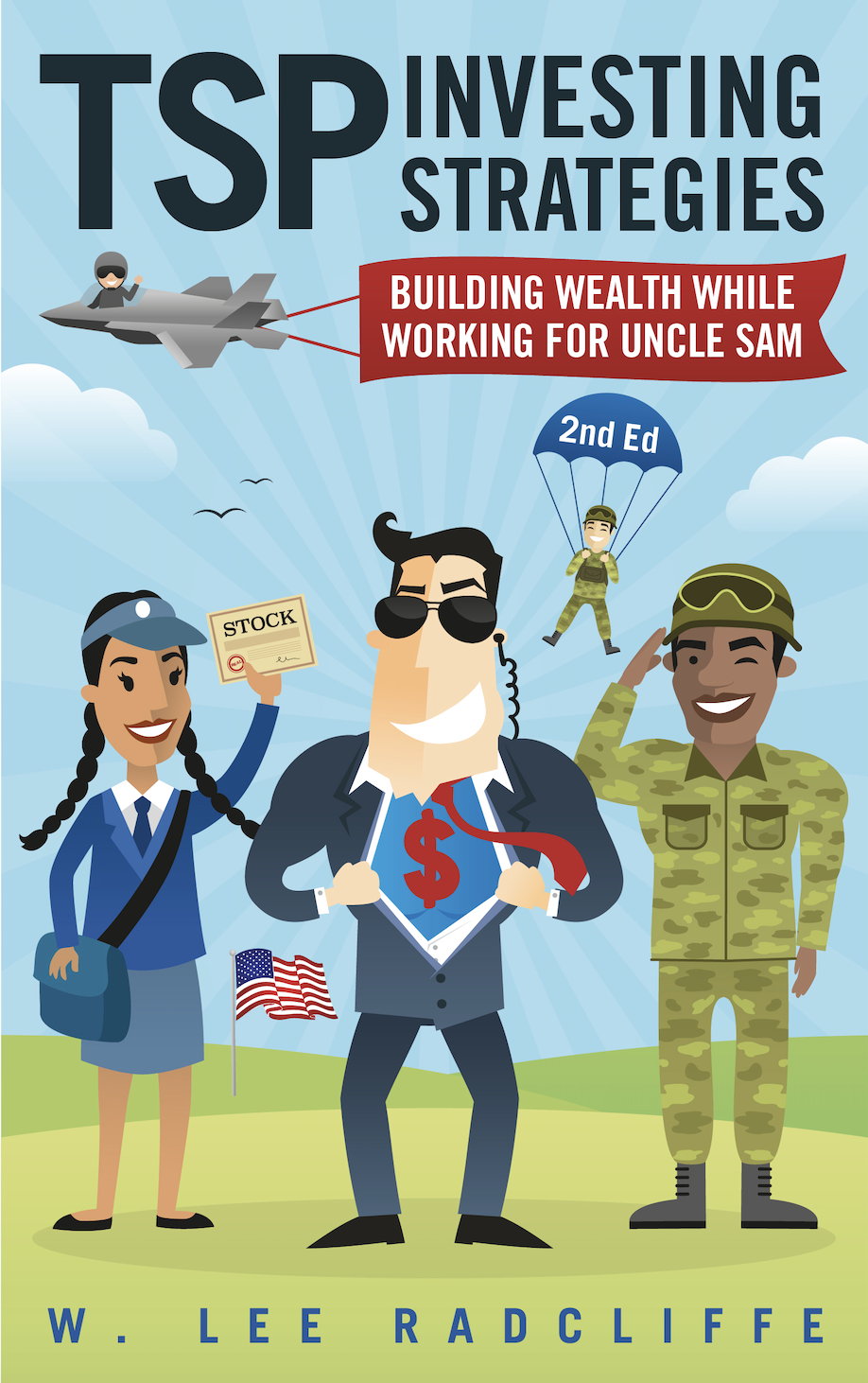Markets and the Presidential Election Year Cycle
September 23, 2012
Ever noticed how many of the memorable market declines have taken place in September or October? The great crash of 1929 began as a slow slide in September, and in mid-October the crash hit in earnest. By mid-November the U.S. stock market had fallen by almost half.
On October 19, 1987, the S&P 500 fell over 20% in one day. 2002 began with the S&P 500 at over 1,165, but it fell to 785 on October 7 before recovering some by the end of the year. There are many examples, but how have markets performed in these months during presidential election years such as this one? According to the Presidential Election Cycle theory, the first year of a president’s four-year term (next year) is the weakest, while the third year is the strongest. The year of the election enjoys better-than-average returns, historically. But September and October in a presidential election year can still suffer declines. As MarketWatch columnist Paul Farrell points out, “[i]n 45 presidential election years since 1833, 30 have been positive for the DJIA. In every one since 1948, the third quarter has been worst, followed by a rebound and the Dow averaging 2.3% gain in the fourth quarter.”
In a separate article in the Pepperdine University’s Graziadio Business Review, Marshall Nickles takes a closer look at the presidential election cycles from 1952 to 2002. Although, as commenters to the article note, the presidential election year of 2008 performed differently than previous election years, plunging from over 1400 in January to 900 at the end of the year. I should note also that I would not follow the hypothetical investing examples Nickles presents in the article, but it is food for thought when employing strategies III and IV in TSP Investing Strategies, while maintaining long-term, buy-and-hold TSP investments.
Ultimately, as Paul Farrell notes in discussing the behavioral economics underpinning investors’ embrace of market theories such as these, “it may be wiser to play it safe” and to just “sit tight.” Good advice.
Related topics: investing-styles c-fund s-fund i-fund l-funds